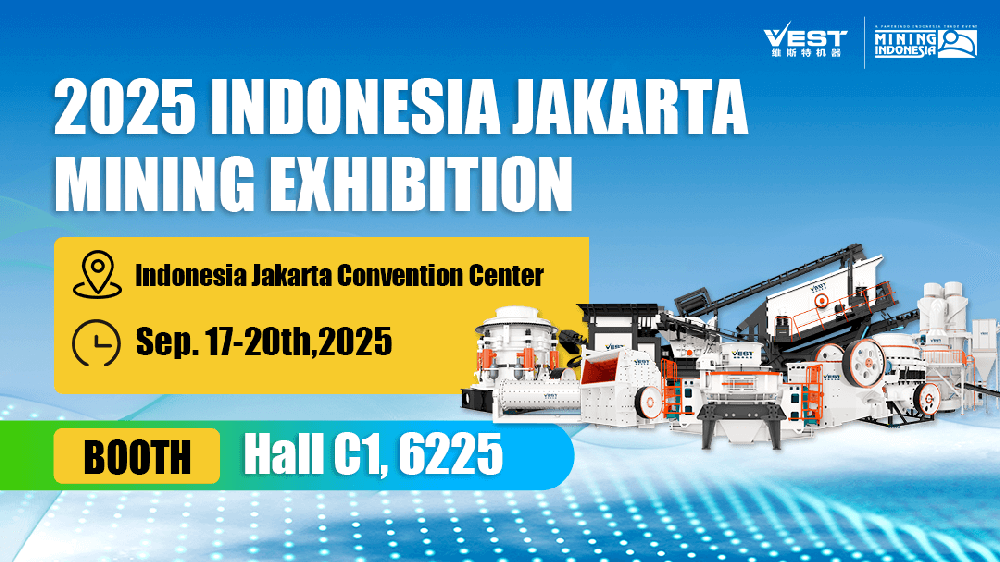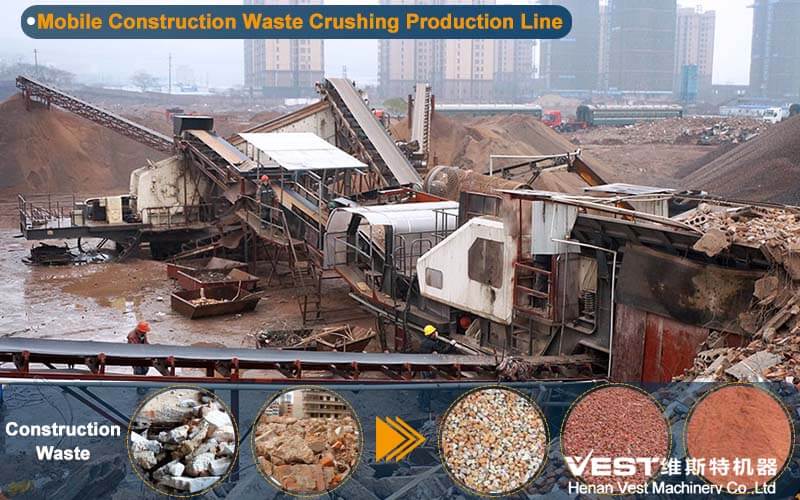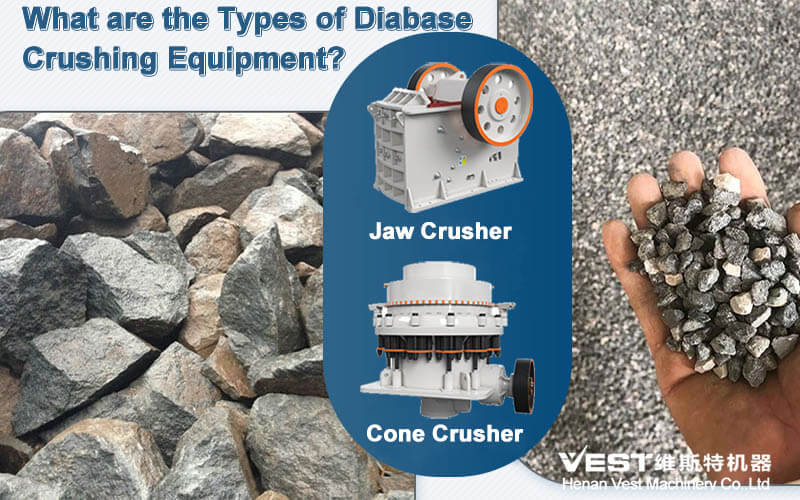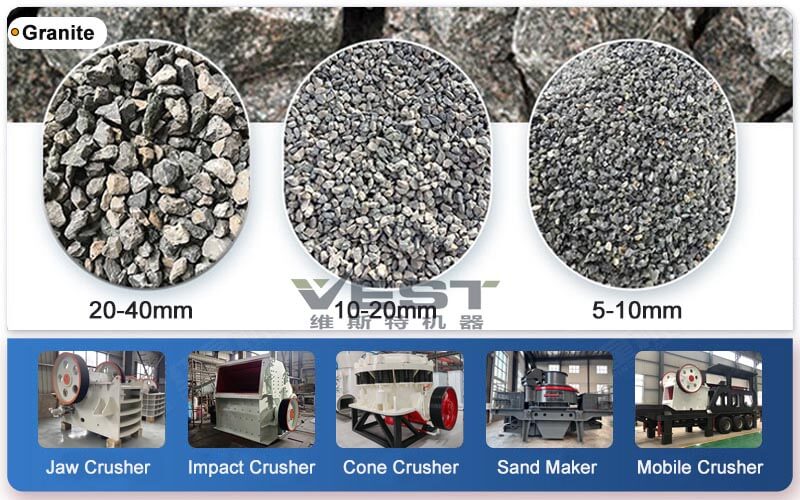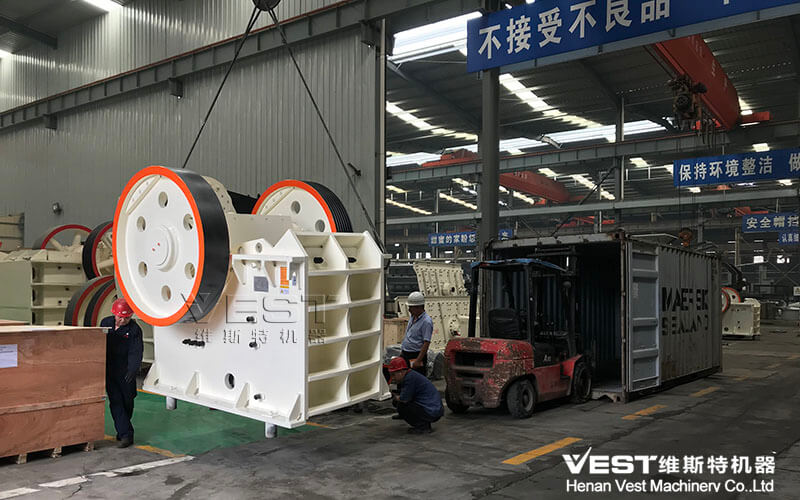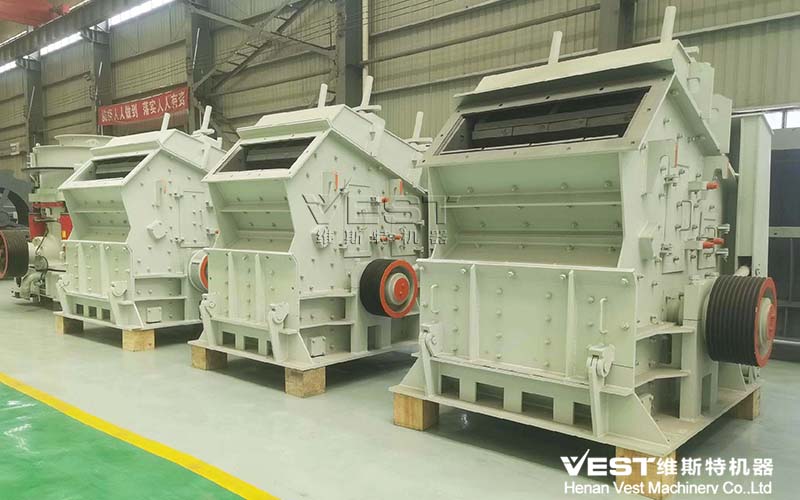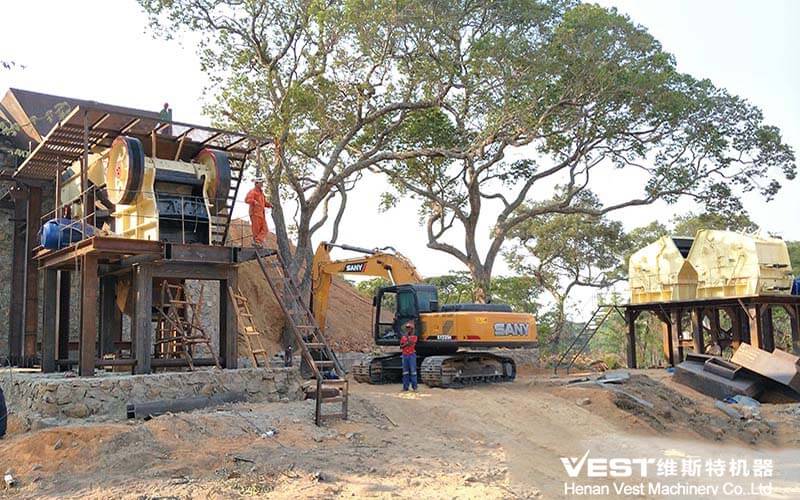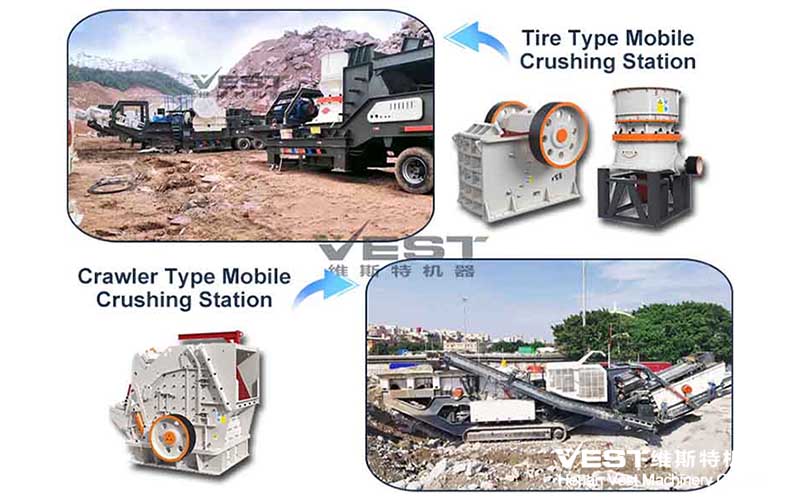Warm Tip :
If you want to know more details about equipment, solutions, etc, please click the button below for free consultation, or leave your requirements!
YGM Raymond Mill, also known as YGM High-Pressure Suspension Roller Mill, is mainly used for grinding non-metallic ores with Mohs hardness below 7 and humidity below 6%.
It is an enhanced and upgraded model of Raymond Roller Mill. By adding a high-pressure spring system for the grinding roller, it has outstanding advantages such as a wider grinding range, finer particle size, and higher efficiency. It is an ultra-efficient and energy-saving Grinding Mill Equipment.
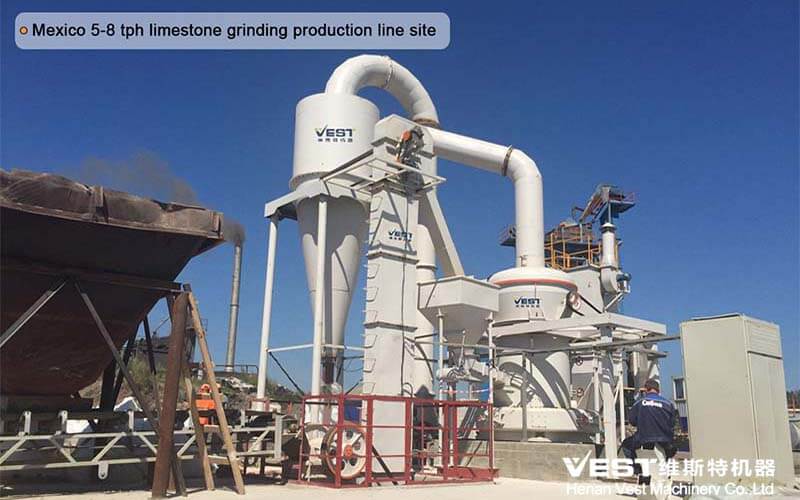
1. Equipment Factors
1) Model and Specifications
Different models of YGM Raymond mill correspond to different production requirements (such as processing capacity, output fineness, power, etc.). For example, larger equipment requires more materials and more complex processes, which results in higher costs and higher prices.
For example, in the YGM series, models such as YGM95 and YGM130 have prices ranging from tens of thousands to hundreds of thousands due to differences in the number of grinding rollers and production capacity.
2) Quality and Technical Parameters
The quality depends on the manufacturing material (such as steel properties), production process (such as the wear resistance of grinding rollers and grinding rings) and technical content (such as energy-saving design). High-quality equipment usually uses imported parts or patented technology and costs more.
Technical parameters such as motor power, grinding efficiency, finished product fineness range (80-400 mesh), etc. will also directly affect the price.
2. Production Cost Factors
1) Fluctuation in Raw Material Prices
The core components of YGM Raymond Mill (such as grinding rollers and grinding rings) rely on steel, and the fluctuation of steel market price will directly affect the equipment cost. For example, when steel prices rise, equipment quotes may increase by 10%-15%.
2) Labor and Regional Costs
Labor costs vary significantly across regions. For example, manufacturing clusters in places like Henan have lower labor costs and more competitive equipment prices; while first-tier cities like Shanghai have high labor and operating costs, so equipment pricing may be higher.
The manufacturer’s geographical location also affects logistics costs, and transportation costs to remote areas may increase the final selling price.
3) R&D and Technology Investment
Technological upgrades (such as energy-saving and consumption-reducing designs, and intelligent control systems) will increase R&D costs, thereby pushing up equipment prices.
3. Market and Supply and Demand Relationship
1) Supply and Demand Balance
When market demand is strong (such as during the expansion period of the mining or building materials industry), equipment is in short supply and prices may rise; conversely, when supply exceeds demand, manufacturers may reduce prices for promotions.
2) Brand Premium
Well-known brands usually have higher prices than small and medium-sized manufacturers because of their quality assurance and complete after-sales service. Users may choose high-premium brands to reduce risks.
4. Purchase and Service Factors
1) Sales Channels
Direct selling manufacturers usually have lower prices because there are no middlemen to increase prices. The agent or distributor model, on the other hand, has higher final selling prices due to the price increases at each level.
Customized production requirements (such as special materials or functions) will increase production costs and lead to price differences.
2) After-sales Service and Accessories Costs
The manufacturer’s quotation that includes long-term warranty and free installation and commissioning may be higher, but it can reduce subsequent maintenance costs.
The replacement frequency of wearing parts (such as grinding rollers and grinding rings) and the price of accessories will also indirectly affect the user’s judgment on the cost-effectiveness of the equipment.
5. Other Factors
1) Seasonal Influence: During year-end promotions or the industry off-season, some manufacturers may offer discounts.
2) Policies and Environmental Protection Requirements: Environmentally friendly equipment may increase costs due to the need to add dust removal and noise reduction devices.
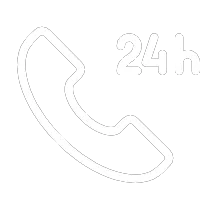 Phone/Wechat/Whatsapp:+86-15538359886
Phone/Wechat/Whatsapp:+86-15538359886
 Email:crusher@hn-vest.com
Email:crusher@hn-vest.com
 Message
Message Online
Online

